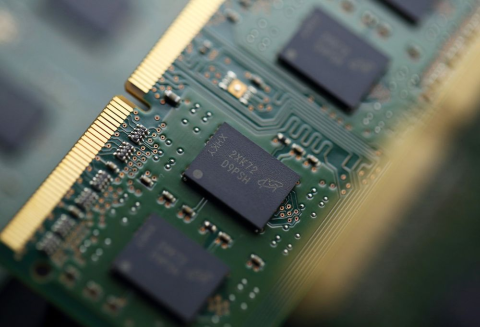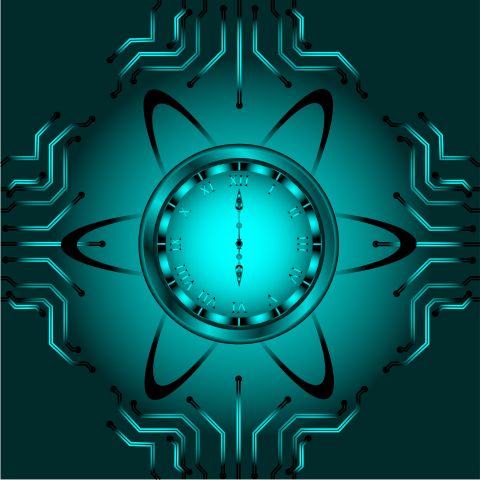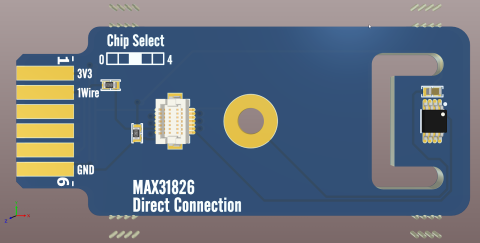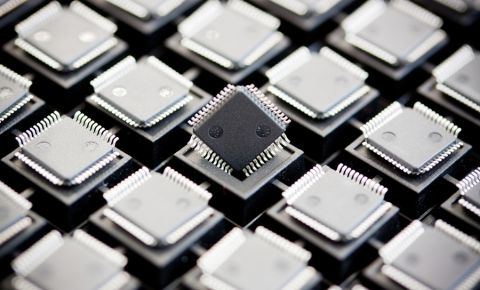Kramer-Kronig’s Relationship to PCBs
The Kramer Kronig relationship is basically a way to go back and forth from the real and imaginary parts of a function. That’s it. So when someone says “blah blah blah must conform to the Kramer-Kronig relationship”, it’s a statement that is stating the obvious. Similar statements are, dogs must be part of the canine family and thus canis genus or petrol must have come from petroleum deposit on earth. Both correct and mildly interesting statements that use complex and confusing words and both are not really adding anything to the conversation. That said, the Kramer-Kronig relationship, like many SI related mathematical concepts, is useful and simultaneously difficult to use. So, it is worth knowing about it. In this article, I’ll show a formula you can use to calculate it and a practical use of the Kramer-Kronig relationship.
When you google Kramer-Kronig relationship you come across a Wiki page with a lot of complex equations [1]. They are solved from negative to positive infinity frequency, and since the denominator is '-, the integral is undefined at every frequency. That’s because '= at some point of the integration process. That makes things complicated. The wiki page links to the Cauchy principal value page which details how to solve this improper integral.
Instead of using the formal definition of the Kramer-Kronig relationship, it can also be satisfied by using a Hilbert transform. The Hilbert Transform is a mathematical depiction of time-domain SSB modulation. While not explicitly designed for Kramer-Kronig work, it does the job nicely.
Kramer-Kronig relationship and Hilbert Transform are obviously not interchangeable terms, but they are almost always referring to the same thing when discussing signal integrity. In fact, if you attend signal integrity conferences, you’ll probably hear speakers throw these terms around as if they are the same thing. Contrasting the two terms, the Kramer-Kronig relationship is the fact that real and imaginary parts of a function of a physical system are not independent, and the Hilbert transform is a technique to go from real to the imaginary portion of a function. A parallel idea is that frequency and time domain are not independent from each other and the Fourier transform is the method of calculating one from the other.
Without further ado, here is the equation of the Hilbert transform.
What that means is that you convolute the real part of the function by . THAT’S IT! Thank you, Mr. Hilbert!?
Here is a comparison of the imaginary part of sample S-parameter reflection terms compared to the same thing calculated with the real part of the S-parameters only. Not a bad estimation!
Figure 1. Imaginary portion of S-parameters (blue) compared to the calculated imaginary portion of the S-parameters with the Hilbert Transform (orange).
Now that you know what the Kramer-Kronig relationship is and have a method of implementing it, let’s discuss what you can do with it.
DK is a PCB laminate property that is used frequently, and you all have probably seen it in PCB laminate data sheets. DK can be measured relatively easily. You will need two stripline traces of different lengths and some de-embedding software. First, measure the S-parameters of the two transmission lines at uniform frequency steps. The uniform steps are a prerequisite that makes it possible to transform the S-parameters into the time-domain. Time-domain transformation is required for the de-embedding process. Second, de-embed the shorter line from the longer and you will be left with just the transmission line of length L. Where, L is the length difference between the two transmission lines. From there the phase of the remaining transmission line, is related to DK by
It turns out, DK is the real part of the laminate’s complex permittivity. The equation that describes complex permittivity is
Where,
You can see it is a complex function. Thus, '' can be calculated from DK by using the Kramer-Kronig relationship. Knowing '' isn’t useful by itself, but it can be combined with DK to calculate DF. The equation relating the two is
In this case, calculating '' requires an alternative Kramer-Kronig relationship, and the work has been done here [2]. Instead of using the raw DK values, the measured DK values are fit to a logarithmic equation.
An example output of the above equation is shown in figure 2.
Figure 2. Calculated DK and fitted DK using the method described above.
Where, 1' is DK at 10 GHz and 2'is DK at 1 THz (extrapolated). DF is then found with the next equation.
The calculated DK and DF will always be higher than what is on the datasheets. That’s because surface roughness of the copper not only makes the transmission line more lossy, but also affects this phase. Here are where things get gray. Is the phase different because the line is more lossy? In keeping with the Kramer Kronig theme, DK and DF that are both off would make sense since changing attenuation should change phase. Or perhaps surface roughness creates a semi-conductive film with its own electrical properties on top of the trace. Perhaps both or neither. In any case, it is surface roughness that is causing the discrepancy. That is ok because you can still use these numbers to calculate the loss of subsequent lines with reasonable accuracy.
That isn’t the only application of the Kramer-Kronig relationship. You can also calculate
- Phase from attenuation
- Alpha from beta
- L from R
- G from C
So, the next time you hear “blah blah blah Kramer Kronig relationship”, you can certainly understand what they are trying to say.
[1] Kramers–Kronig relations, Accessed 5/22/2019
[2] H. Barnes, R. Shaefer, J. Moreira, “Analysis of Test Coupon Structures for the Extraction of High-Frequency PCB Material Properties”, SPI, pp 1 – 4, May 2013
Have more questions? Call an expert at Altium.









